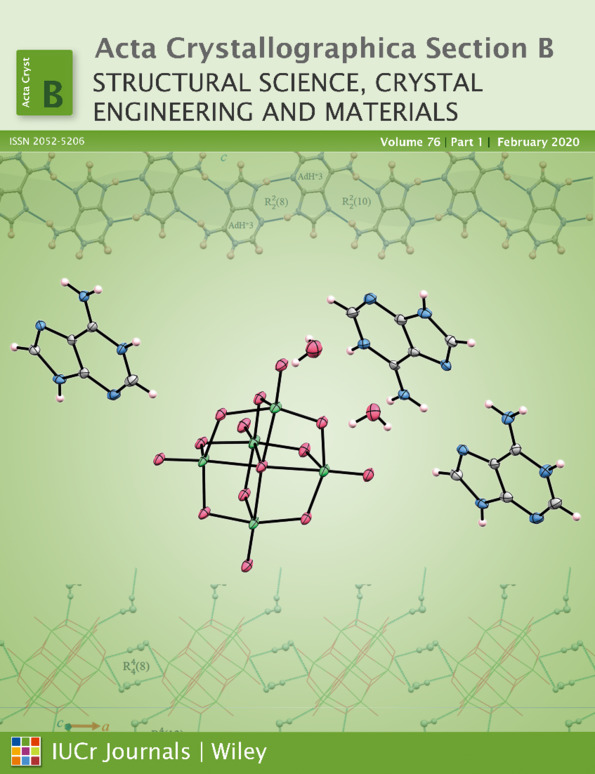Supramolecular insight into the substitution of sulfur by selenium, based on crystal structures, quantum-chemical calculations and biosystem recognition
Abstract
Statistical analysis of data from crystal structures extracted from the Cambridge Structural Database (CSD) has shown that S and Se atoms display a similar tendency towards specific types of interaction if they are part of a fragment that corresponds to the side chains of cysteine (Cys), methionine (Met) selenocysteine (Sec) and selenomethionine (Mse). The most numerous are structures with C—H…Se and C—H…S interactions (∼80%), notably less numerous are structures with Se…Se and S…S interactions (∼5%), and Se…π and S…π interactions are the least numerous. The results of quantum-chemical calculations have indicated that C—H…Se (∼−0.8 kcal mol−1) and C—H…S interactions are weaker than the most stable parallel interaction (∼−3.3 kcal mol−1) and electrostatic interactions of σ/π type (∼−2.6 kcal mol−1). Their significant presence can be explained by the abundance of CH groups compared with the numbers of Se and S atoms in the crystal structures, and also by the influence of substituents bonded to the Se or S atom that further reduce their possibilities for interacting with species from the environment. This can also offer an explanation as to why O—H…Se (∼−4.4 kcal mol−1) and N—H…Se interactions (∼−2.2 kcal mol−1) are less numerous. Docking studies revealed that S and Se rarely participate in interactions with the amino acid residues of target enzymes, mostly because those residues preferentially interact with the substituents bonded to Se and S. The differences between Se and S ligands in the number and positions of their binding sites are more pronounced if the substituents are polar and if there are more Se/S atoms in the ligand.




